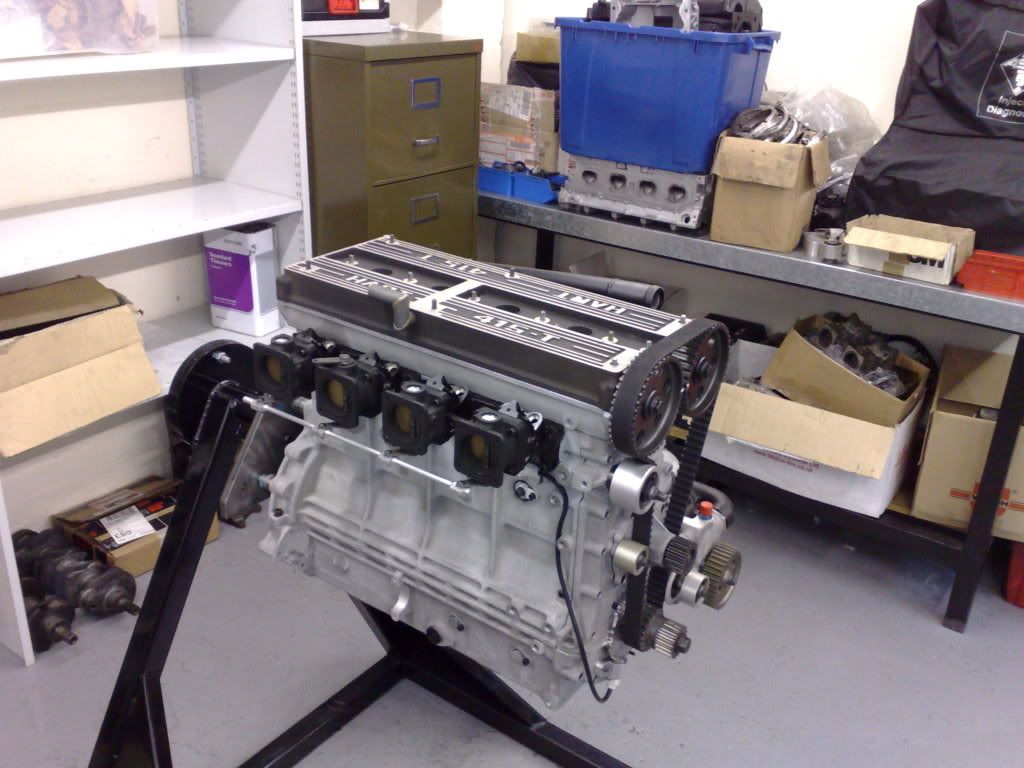This post is a thank you for the members contributions that have kept me very busy reading about a sport I am very passionate about. And I hope that the more knowledgeable and visual presenters on this forum will indulge me by answering a few hypothetical questions about engines in general.
1. What benefits, if any, would a mono-block engine have over regular ICE design?
2. If an engine were to be cast in place with all internals already installed, what effect would that have on the operation, design criteria, and expected wear?
3. Why don't the engine manufacturers use lapped pistons like RC engines?
4. Is it a strength problem, or a dynamic heterogeneous environment?
5. What would be the benefits of integrating a turbo unit into the intake plenum, if you could guarantee isolation of heat from the exhaust turbine?
I have always asked myself these questions while reading through the more respectable, and well detailed posts on this wonderful technical site, and I would like to know what the speculation may be as to these questions.
Thank you kindly.
- Login or Register
No account yet? Sign up



